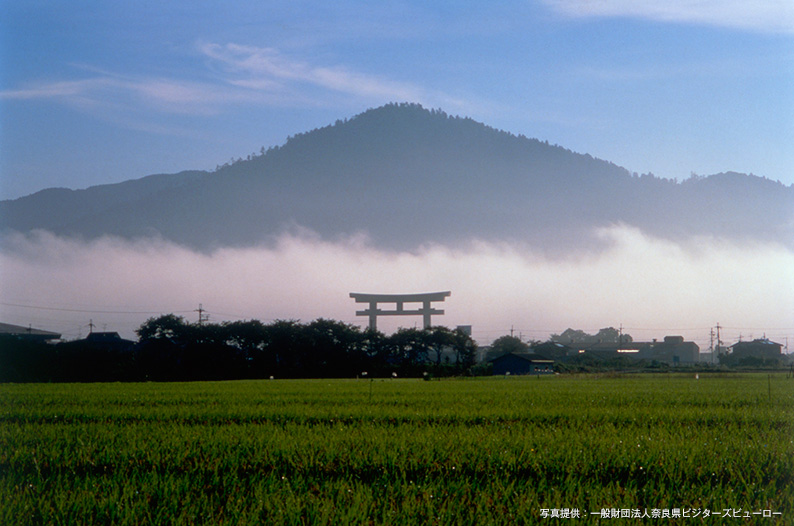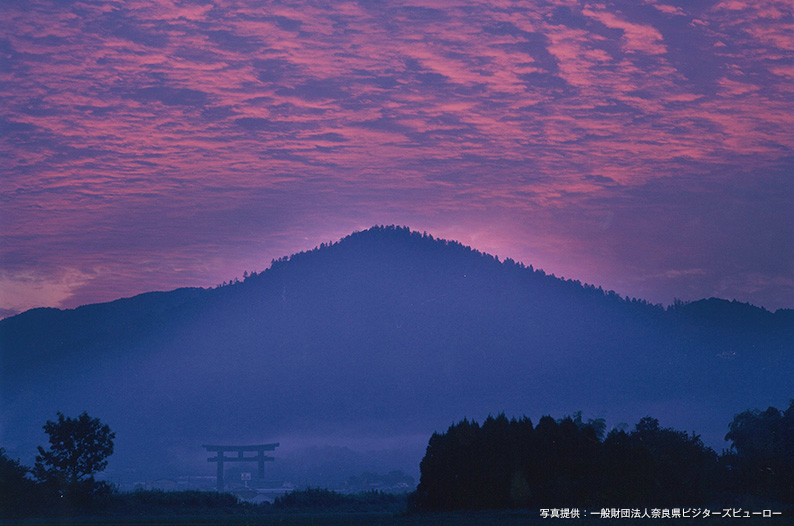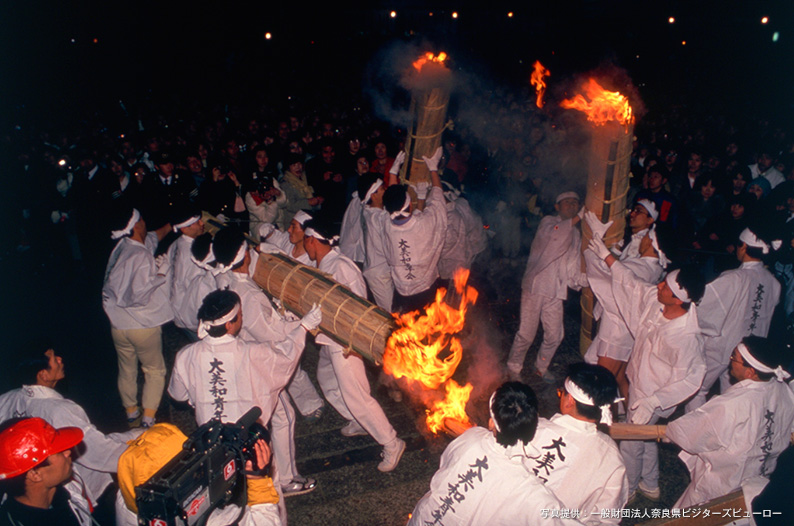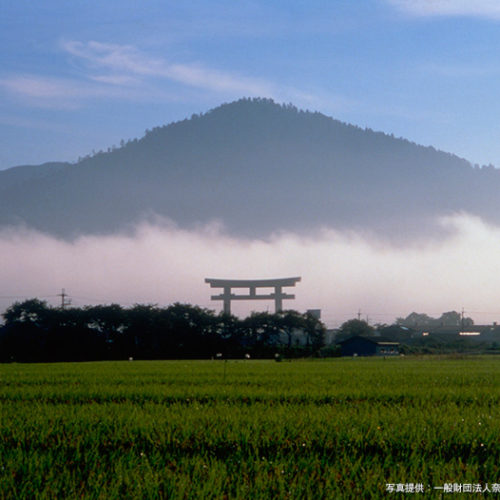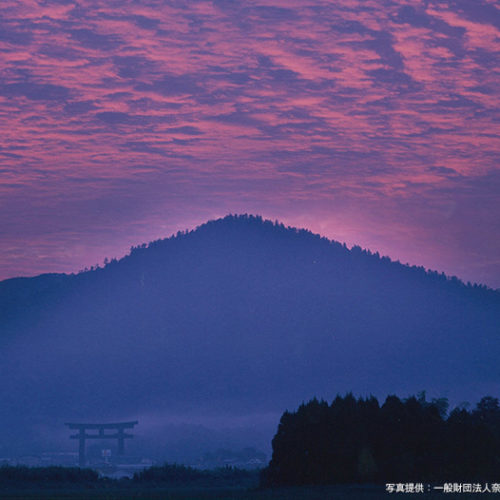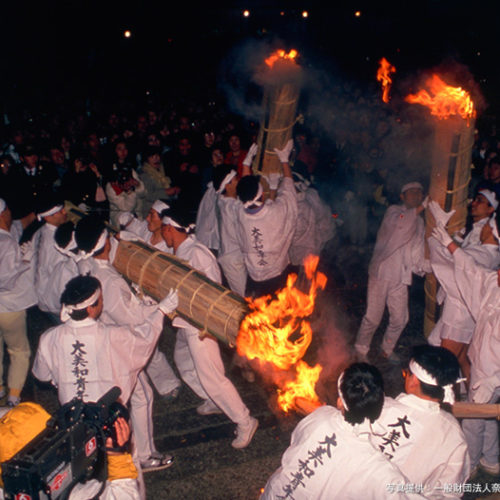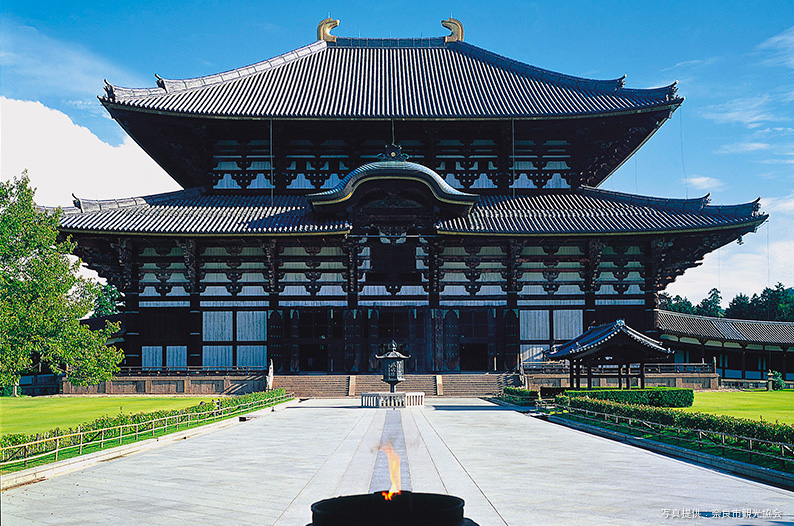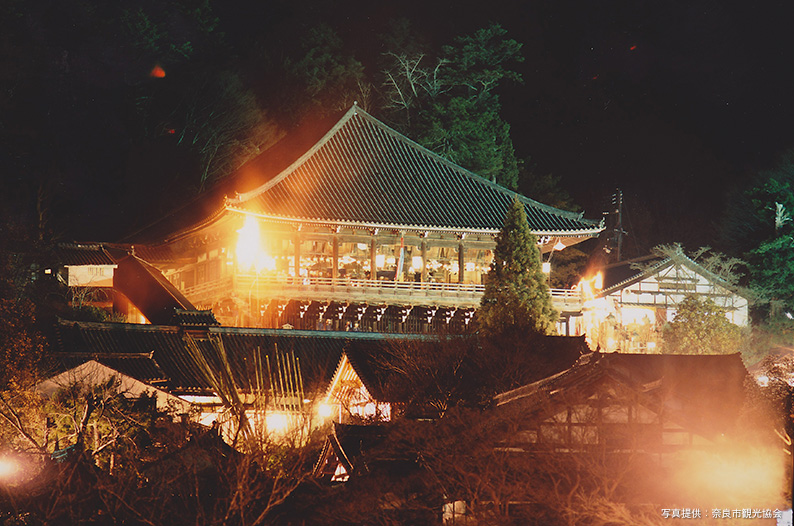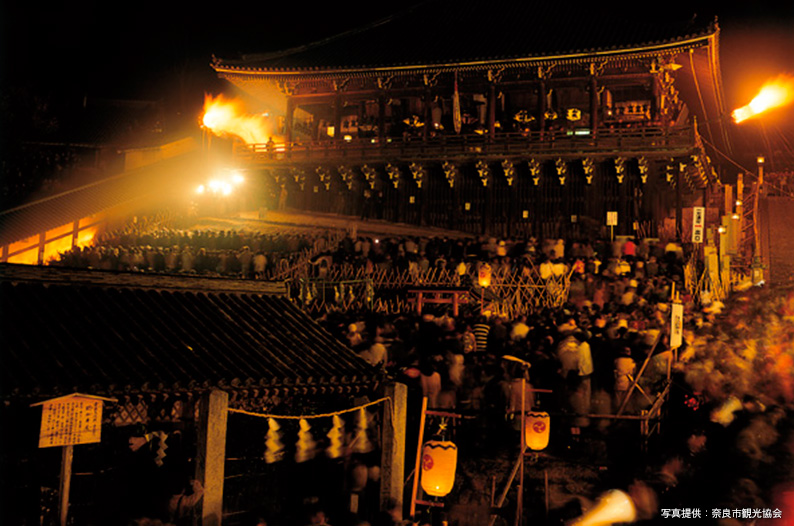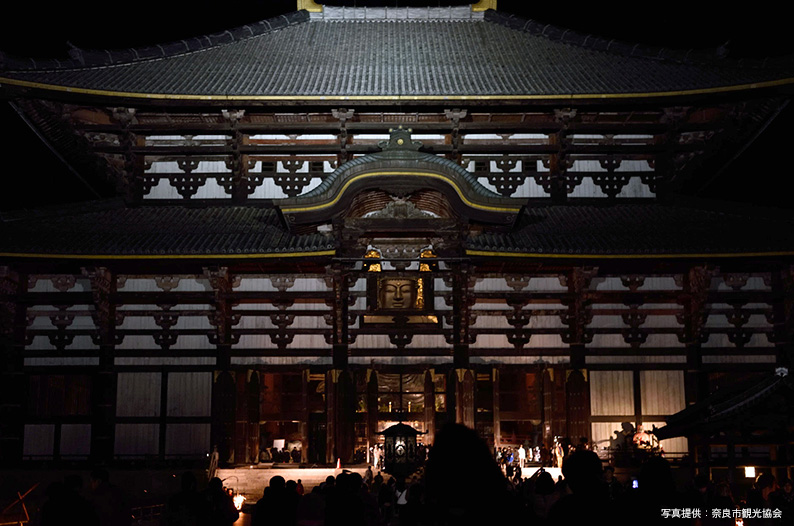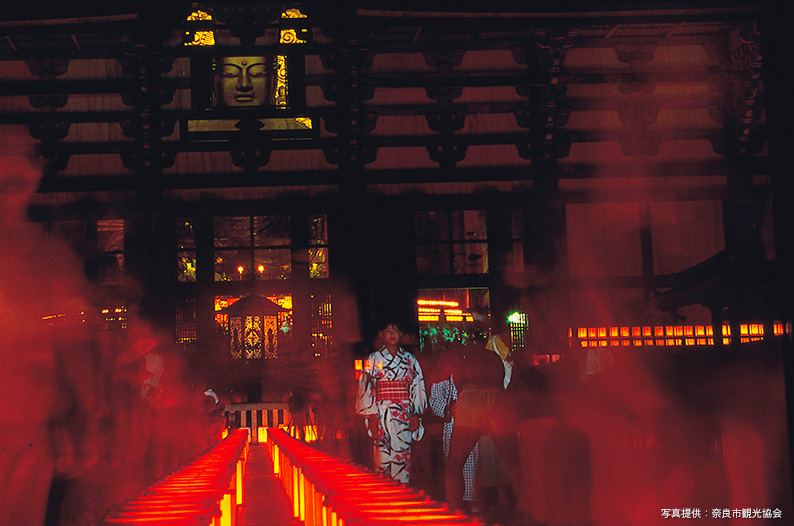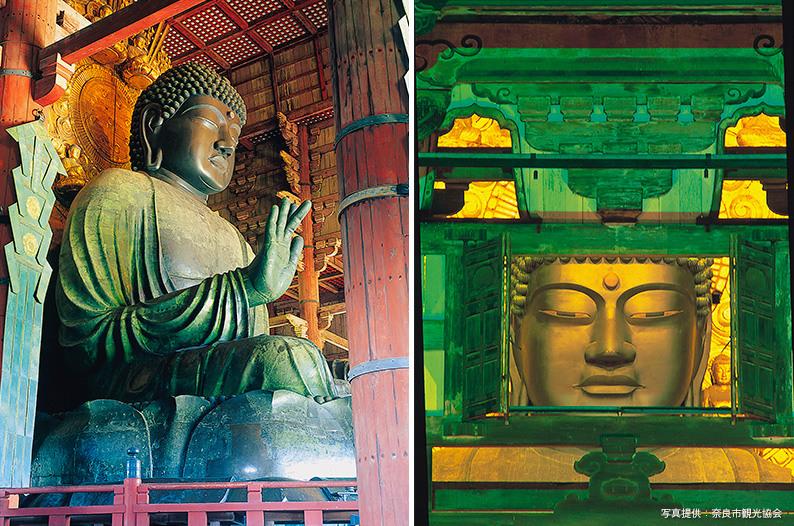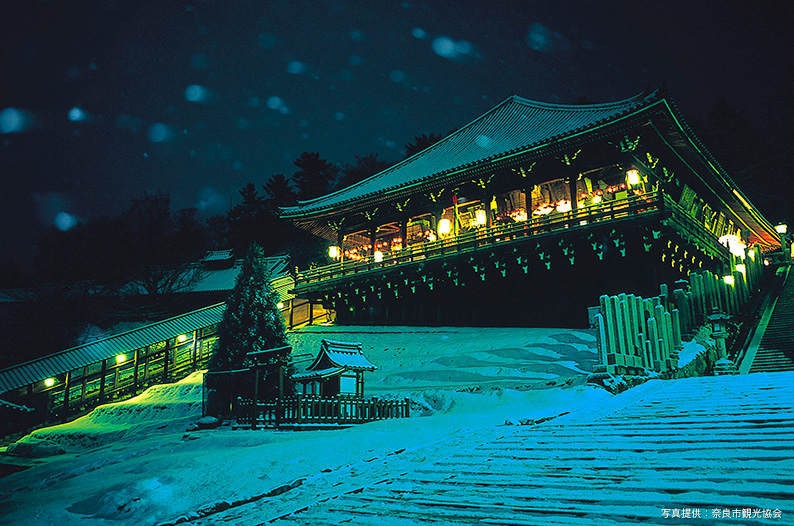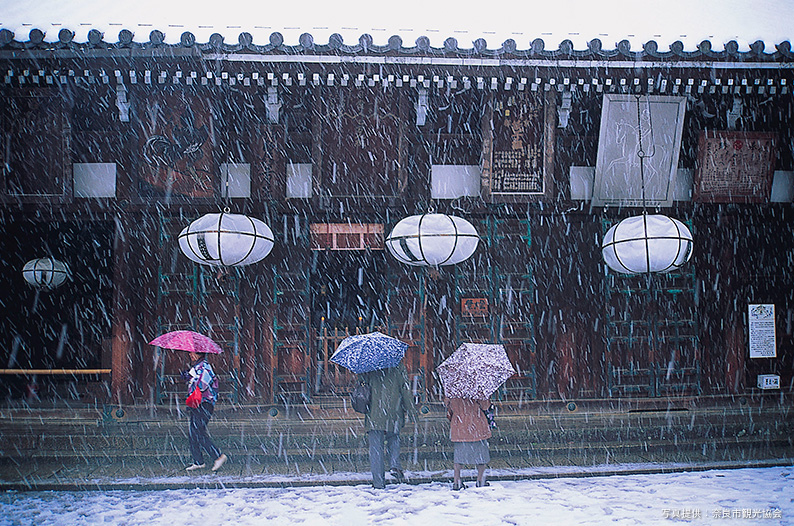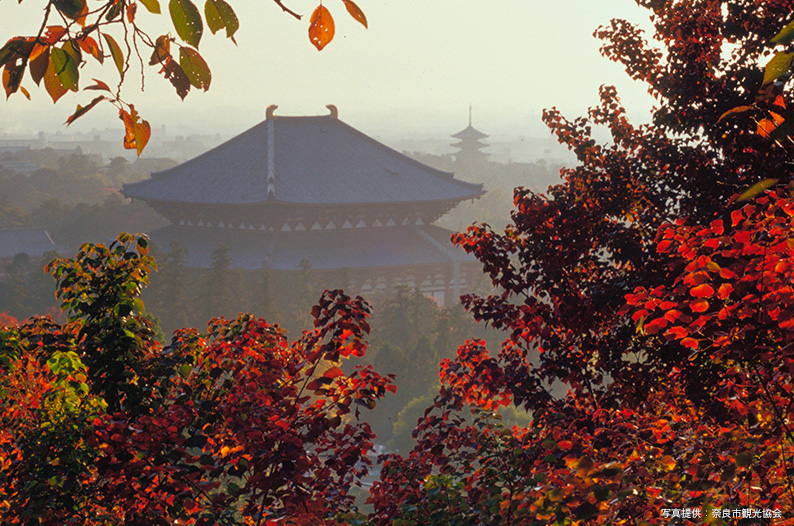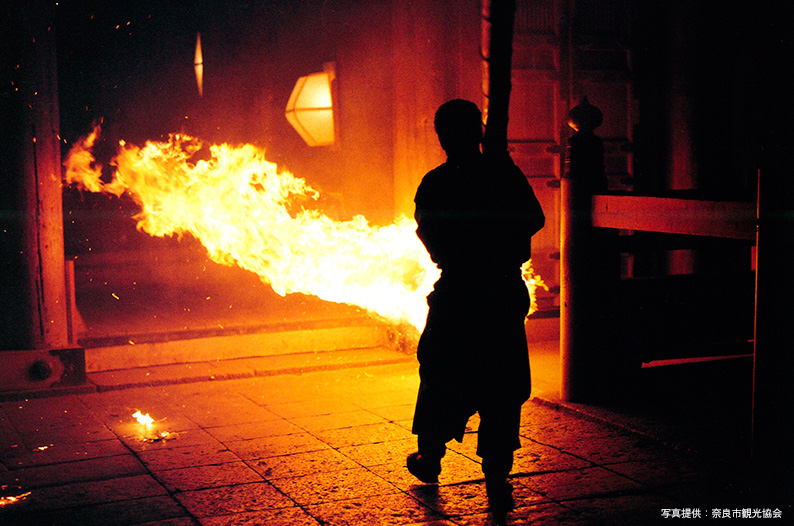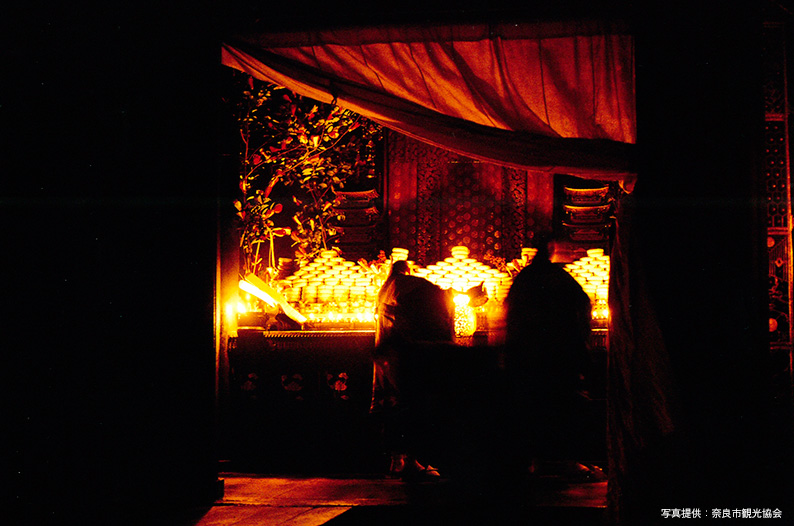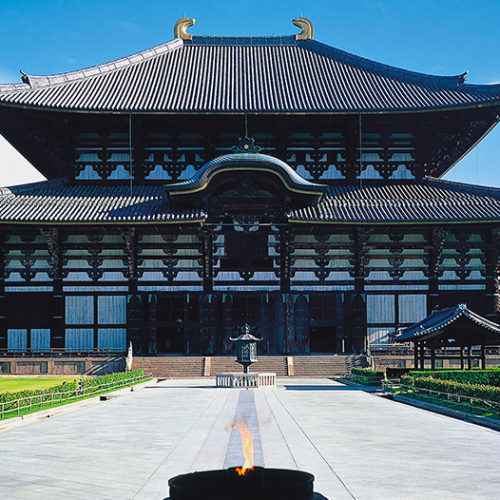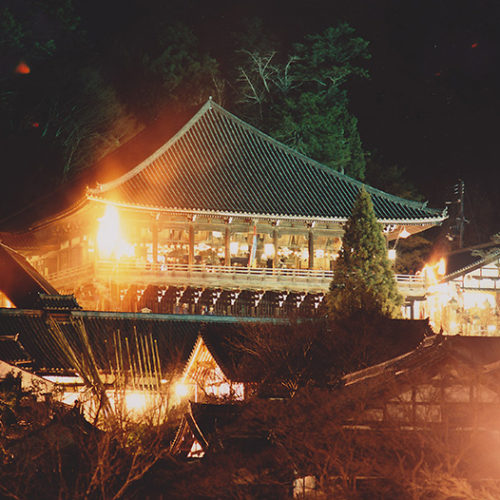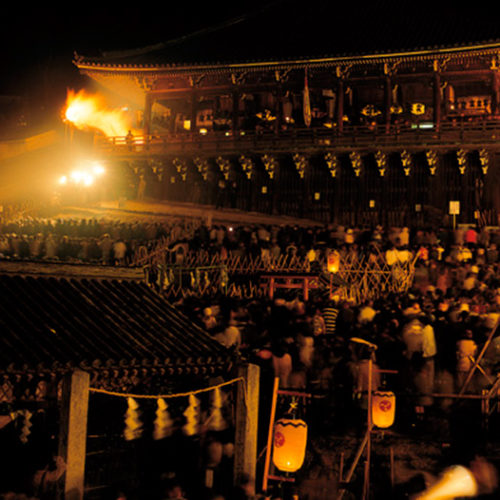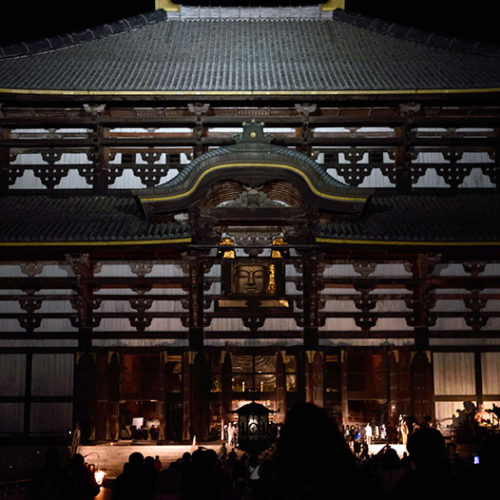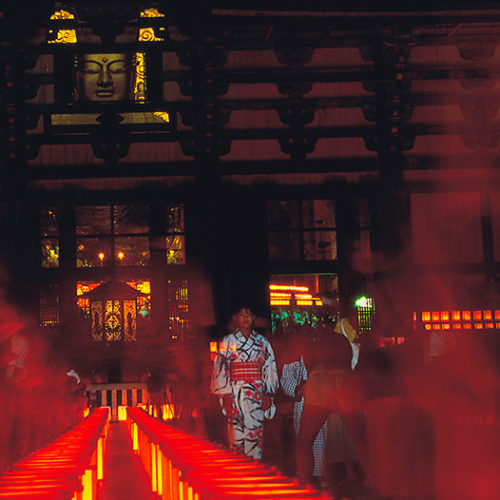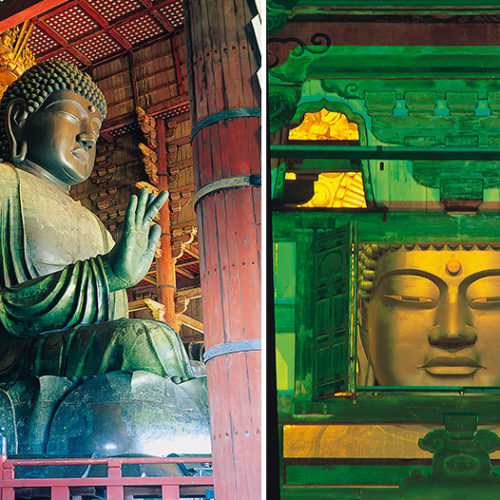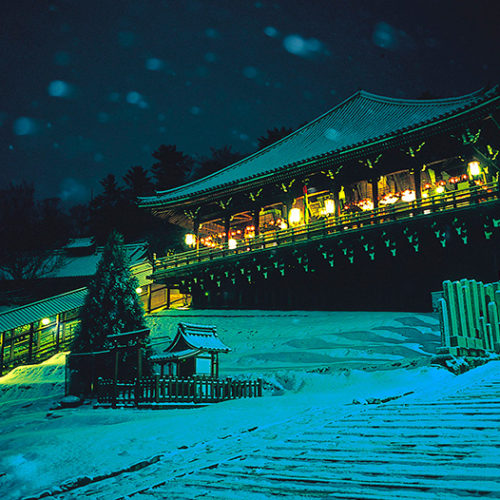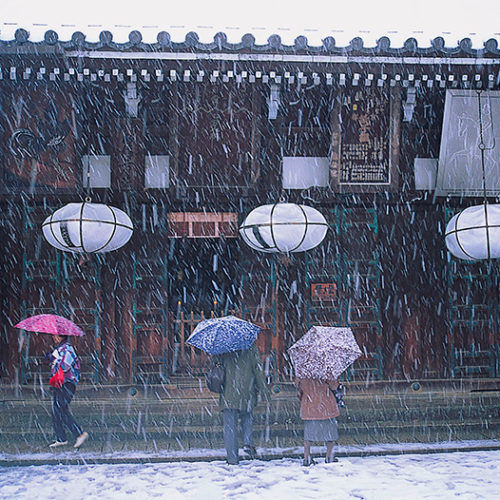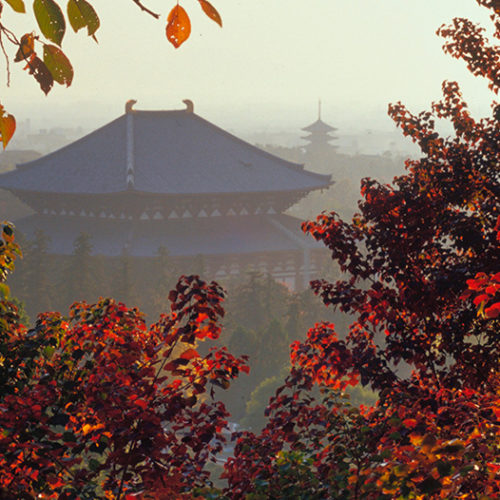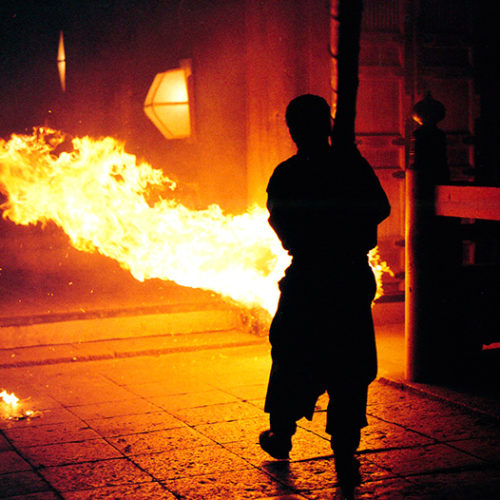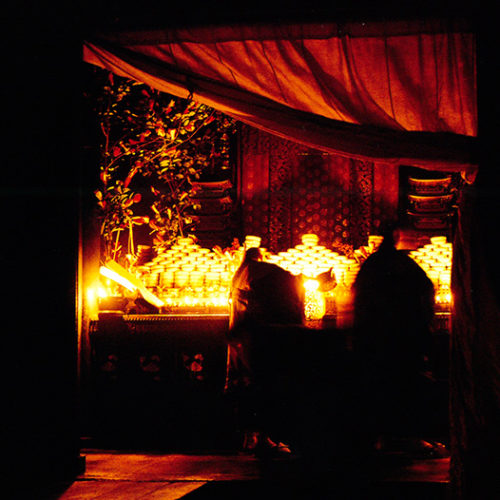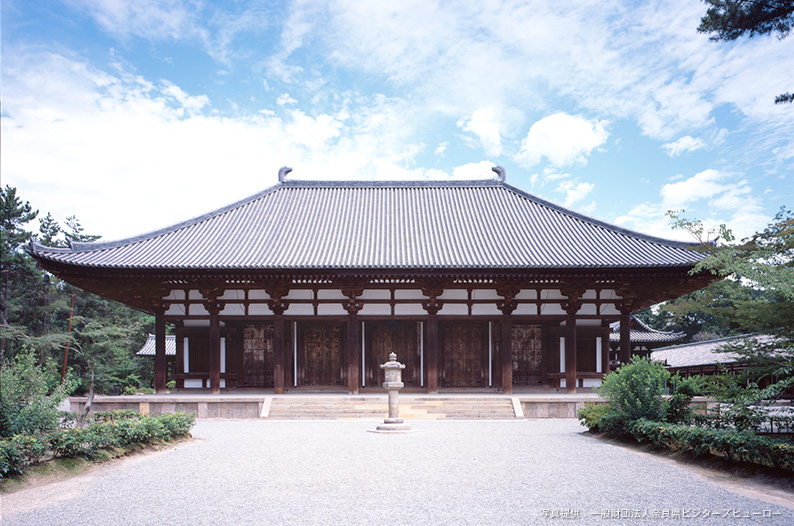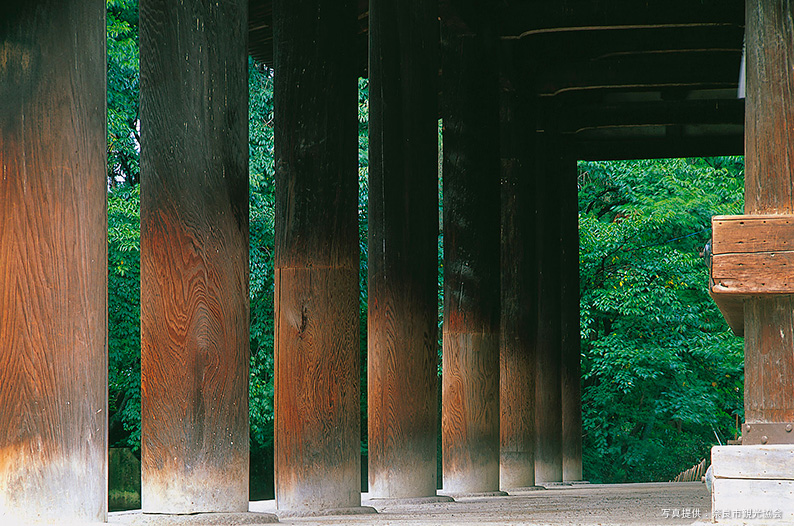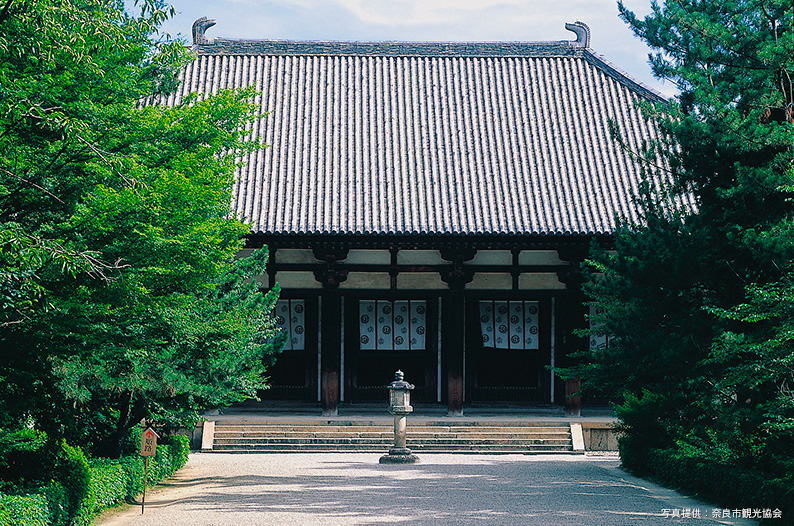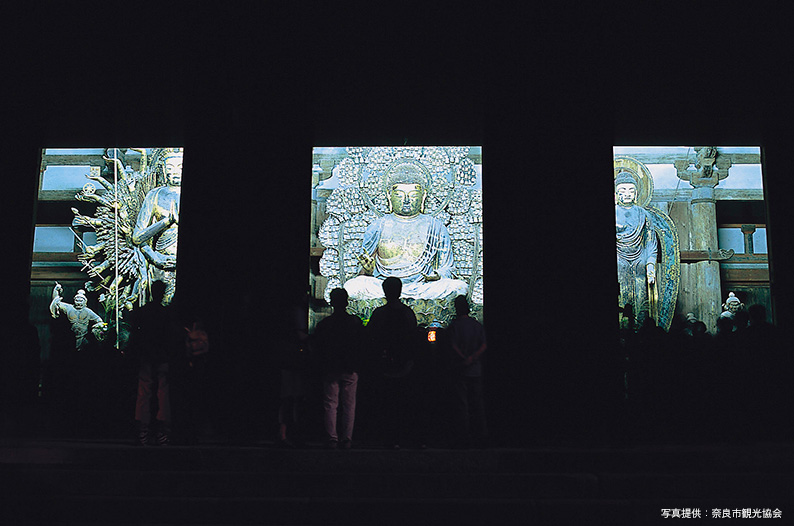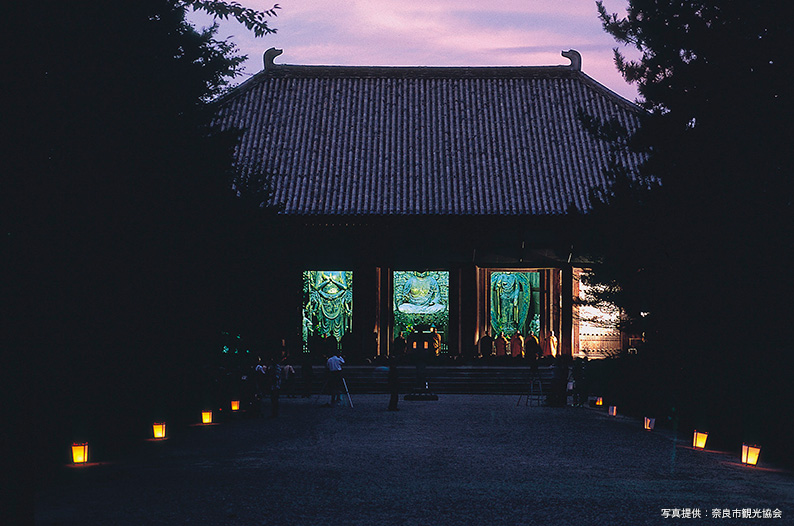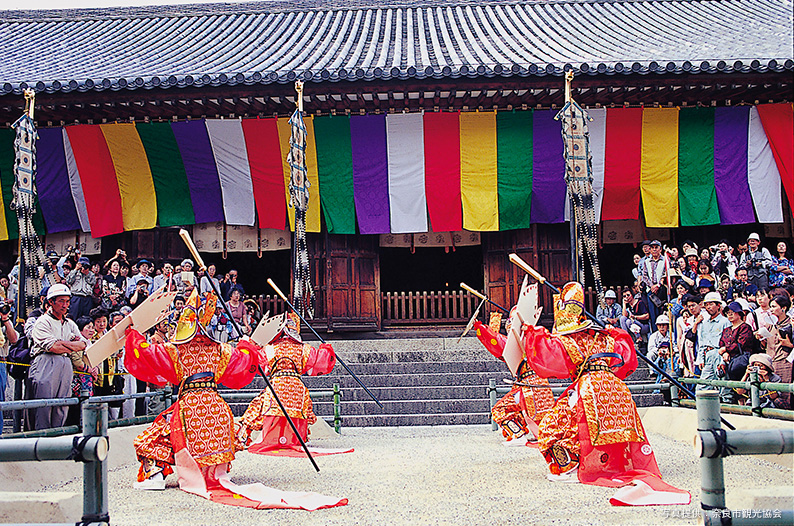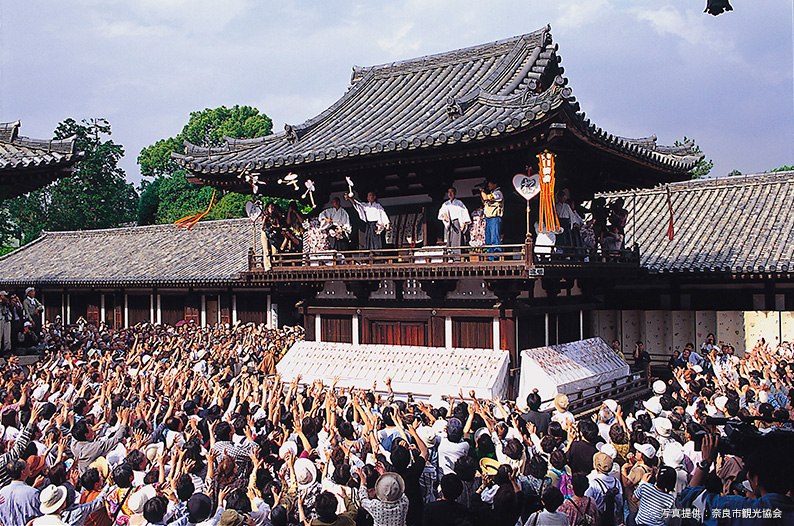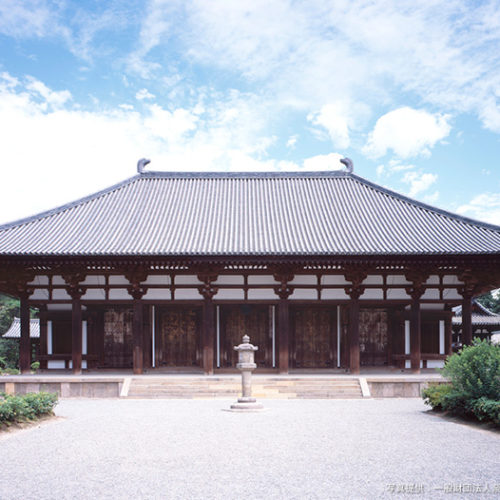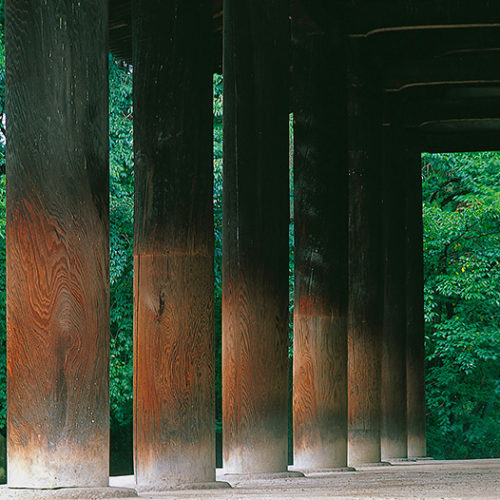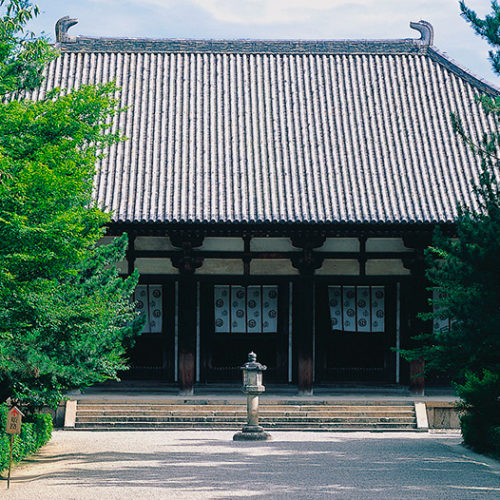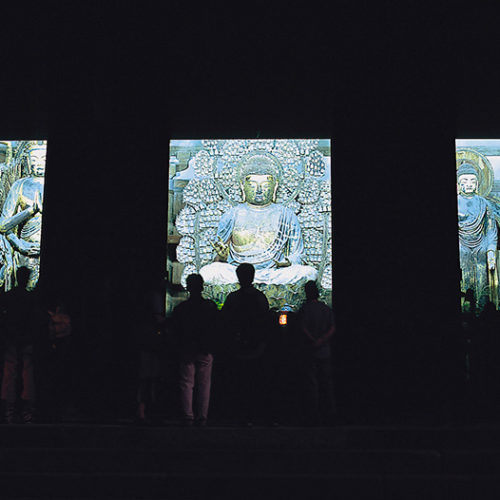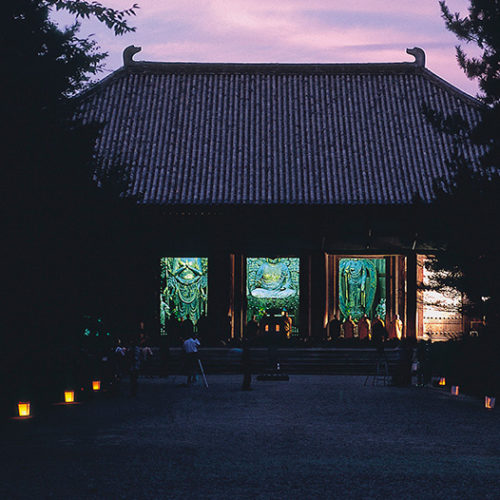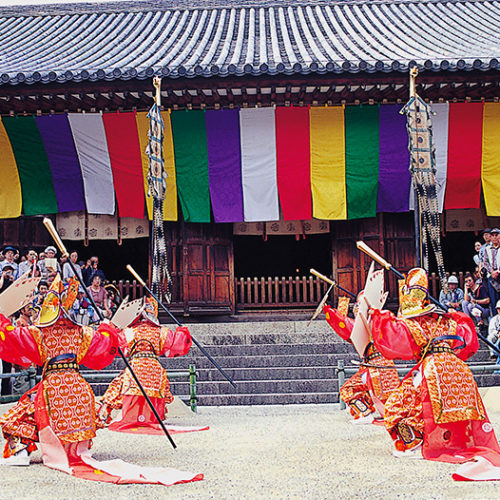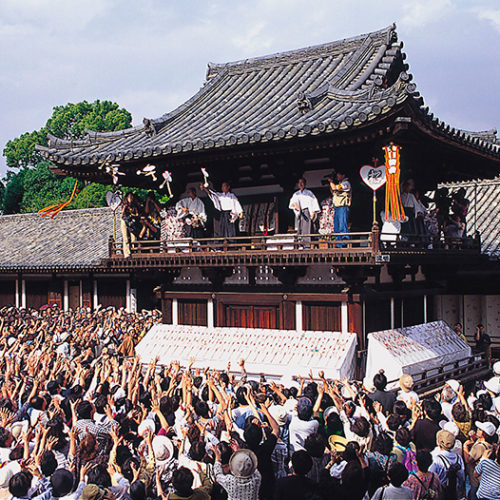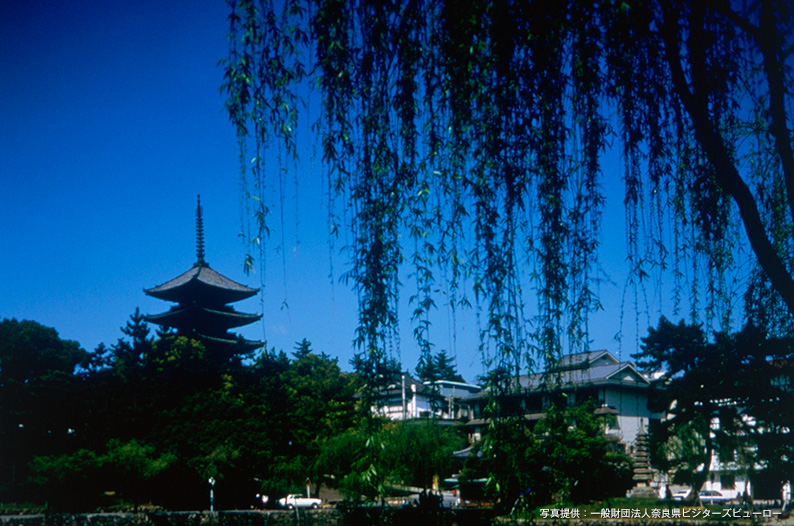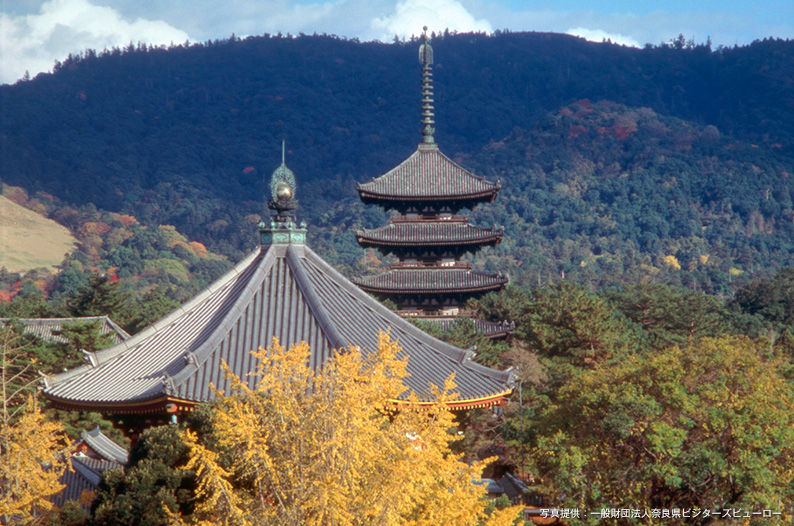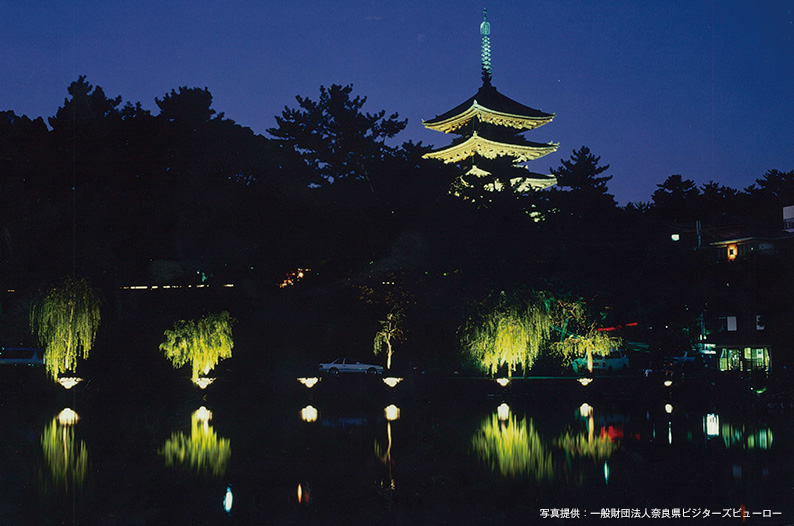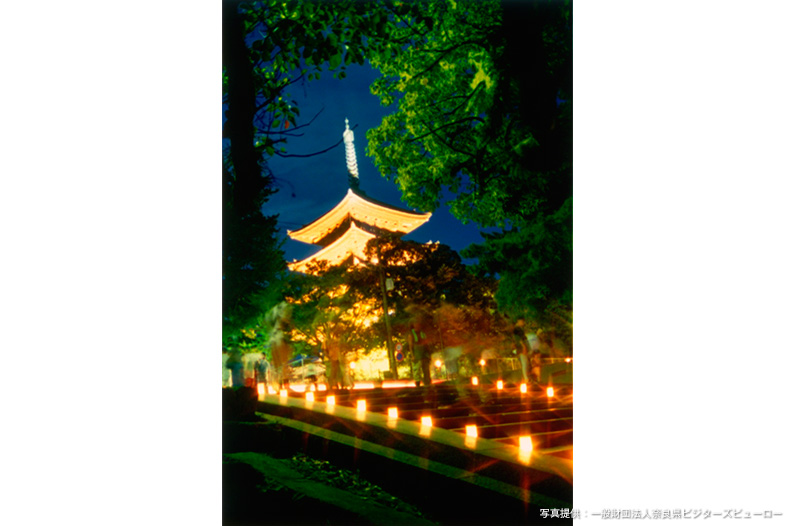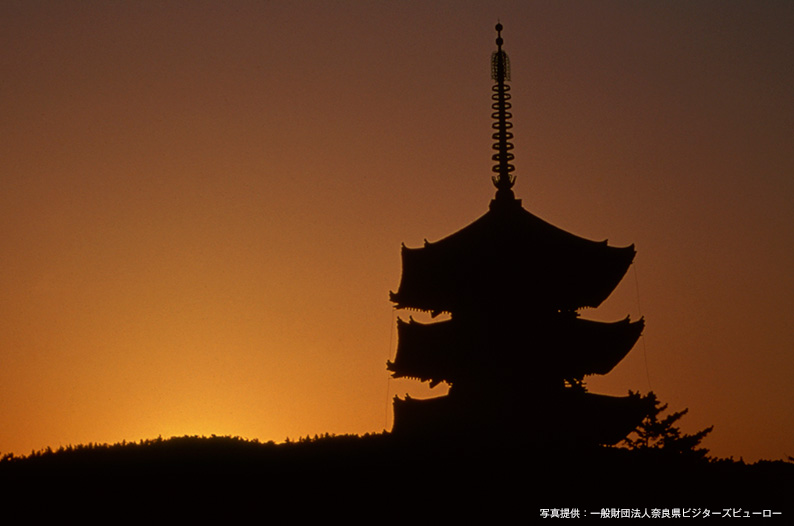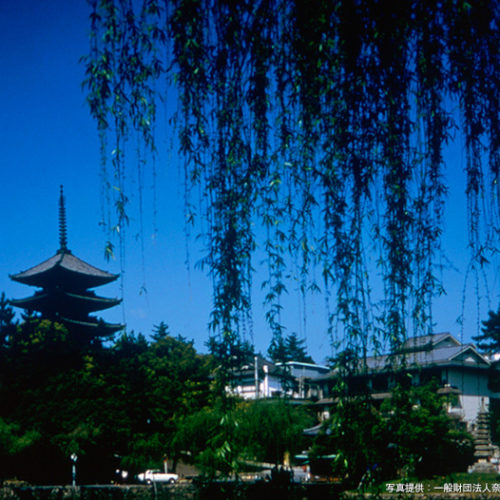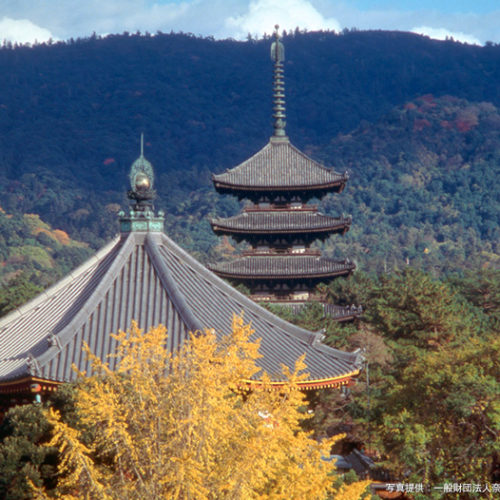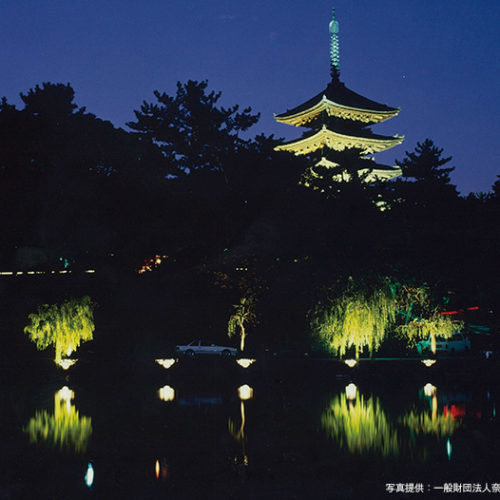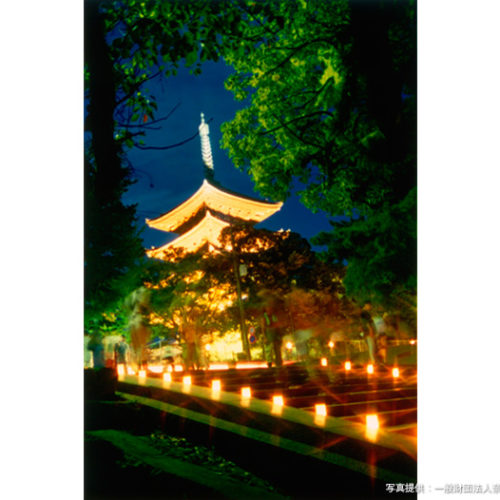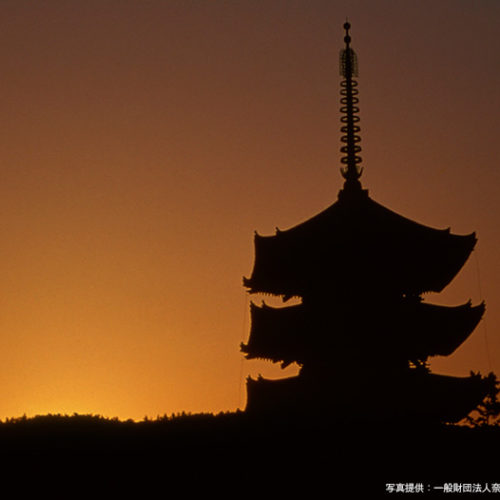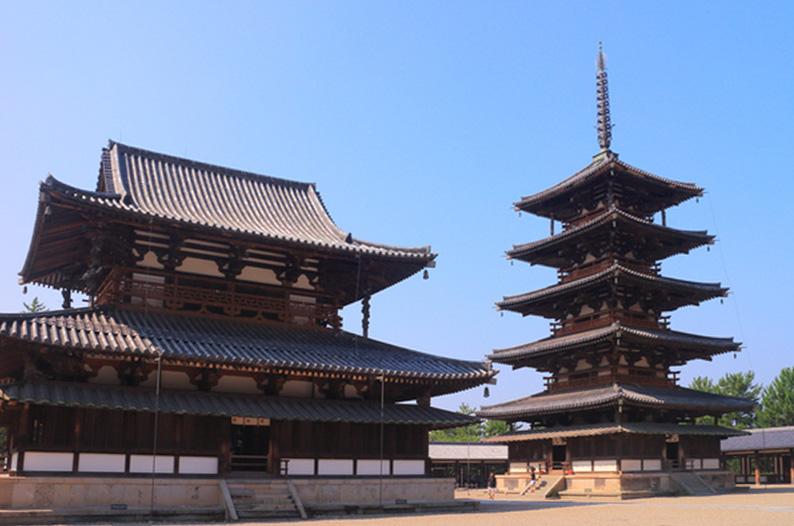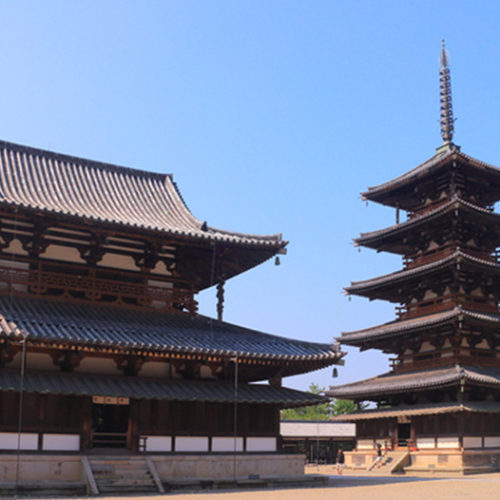Recommended Shrine and Temples in Nara
Nara was home to over 10 million people during the 8th century, and hosts many temples and shrines. Frequent trade dealings with mainland China spurred the construction of many sculptures and buildings with a foreign flavor. Some of them that have been protected for over 1,000 years. Here, we’ll introduce 6 key spots.
1.Omiwa
Known as Japan’s oldest shrine, Omiwa has no inner sanctuary. Rather, the idea is to worship Mt. Miwa itself as the resident deity, through the torii gates. It is believed that the divine spirit dwells in every plant on the mountain, and felling trees has been forbidden since ancient times. It’s also a power spot where you can feel cleansed and energized. Rumor has it the deity sometimes appears to humans in the form of a snake. Locals leave offerings of the animal’s favorite food such as eggs, for good fortune.
Omiwa
1422, Miwa, Sakurai-shi, Nara-ken
TEL:0744-42-6633
2.Todaiji
Large Buddha statues are called Daibutsu, or Great Buddhas. The statue of this temple’s principal deity, Rushanabutsu, was completed in the year 752 and is known as the Daibutsu of Nara. With its meter-long thumb and 15-meter height, it’s also a symbol of the prefecture. Viewing it up close can be overwhelming, but its calm expression will soothe your soul. There are many other features to admire, from the exquisite lanterns to the statues of the four heavenly kings that each occupy a corner of the Kaidan Hall, protecting the Buddhist teachings. The Todaiji museum is also a treasure trove worth discovering.
Todaiji
406-1, Zoushi-cho-, Nara-shi, Nara-ken
TEL:0742-22-5511
http://www.todaiji.or.jp/index.html
3.Toshodaiji
A Chinese high priest named Jianzhen established this temple in the 8th century. It’s one of the Historic Monuments of Ancient Nara, and is a UNESCO World Cultural Heritage Site. Many of the buildings on the grounds are also national treasures or important cultural assets. The original appearance of the main hall has been maintained. Inside, there are nine Buddha statues from the era including the figure of Rushanabutsu, surrounded by 864 smaller Buddha statues, and the figure of Thousand-Armed Avalokiteshwara, rescuer of all living things.
Toshodaiji
13-46, Gojyo-cho-,Nara-shi
TEL:0742-33-7900
http://www.toshodaiji.jp/about.html
4.Kofukuji
Established in the 7th century, this temple belonged to the Fujiwara family, a clan that was influential for over 1,000 years. The five-storey pagoda is a sight to behold. It burned down many times since it was originally built in the year 730. What stands here now was constructed in the 15th century. If you’re interested in historical art, we recommend a visit to the National Treasure Museum where you can see paintings, crafts, and Buddhist statues that illustrate the history of the temple. A beautiful Ashura statue depicting a melancholy boy is a must-see. Continue on to the Tokondo Hall to visit the Medicine Buddha, the main deity of the temple, and his Twelve Heavenly Generals, whose humorous expressions will bring a smile to your face.
* Note: The National Treasure Museum will be closed from January 1st until December 31st 2017 due to construction, but a selection of the museum’s Buddha statues will be on display between March 15th and June 16th 2017, and from September 15th until November 19th 2017.
Kofukuji
48, Ooji-cho, Nara-shi
TEL:0742-22-7755
5.Horyuji
This temple was founded in the 7th century and is Japan’s first UNESCO World Heritage Site. A walkway lined with pine trees leads to the imposing South Gate. This is just one of the 55 constructions on the grounds that are National Treasures or Important Cultural Properties of Japan. The main temple building and its five-storey pagoda is one of the oldest wooden structures in the world. Inside, you’ll find a bronze statue of Shakasanzon, the main deity of the temple. There is also an impressive canopy that features a Phoenix in flight among celestial beings, and reproductions of murals modelled after Chinese Buddhist paintings. In addition to these, there are many important Buddhist art objects on display.
Horyuji
1-1, Ikaruga-cho, Nara-ken
TEL:0745-75-2555
October 26, 2016
Information
Address
- TOPCOLUMNRecommended Shrine and Temples in Nara
- TOPDESTINATIONSNARARecommended Shrine and Temples in Nara
